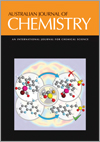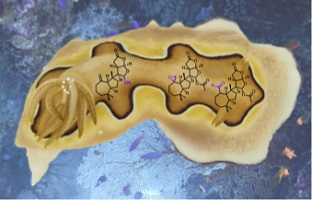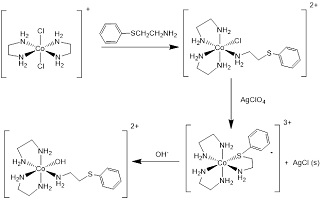Australian Journal of Chemistry
Volume 77
Number 7 2024
The nudibranch Goniobranchus coi sequesters and concentrates antifeedant oxygenated diterpenes into its mantle dermal formations to utilise as a chemical weapon when attacked by predators. Through chemical correlation, high-field NMR spectroscopy and molecular modelling new oxygenated metabolites were identified and elucidated. (Image credit: Louise C. Forster.)
This article belongs to the 10th Anniversary Collection of RACI and AAS Award papers.
We have prepared a series of cobalt(III) complexes coordinated in a κ2N,S manner by substituted phenylthioether ligands. The preparation is a two-step process starting with trans-dichloridobis(ethylenediamine)cobalt(III) chloride. NMR spectroscopy was used to characterize the complexes. In addition, the presence of an intense ligand-to-metal charge-transfer transition in the UV region confirms that a sulfur atom is bonded to the cobalt(III) center. In basic solution, the Co–S bond is broken, presumably by the classical SN1CB mechanism. The rate of the cleavage reaction increases as the electron-withdrawing ability of the phenyl substituent increases. (Image credit: Lee Roecker.)







